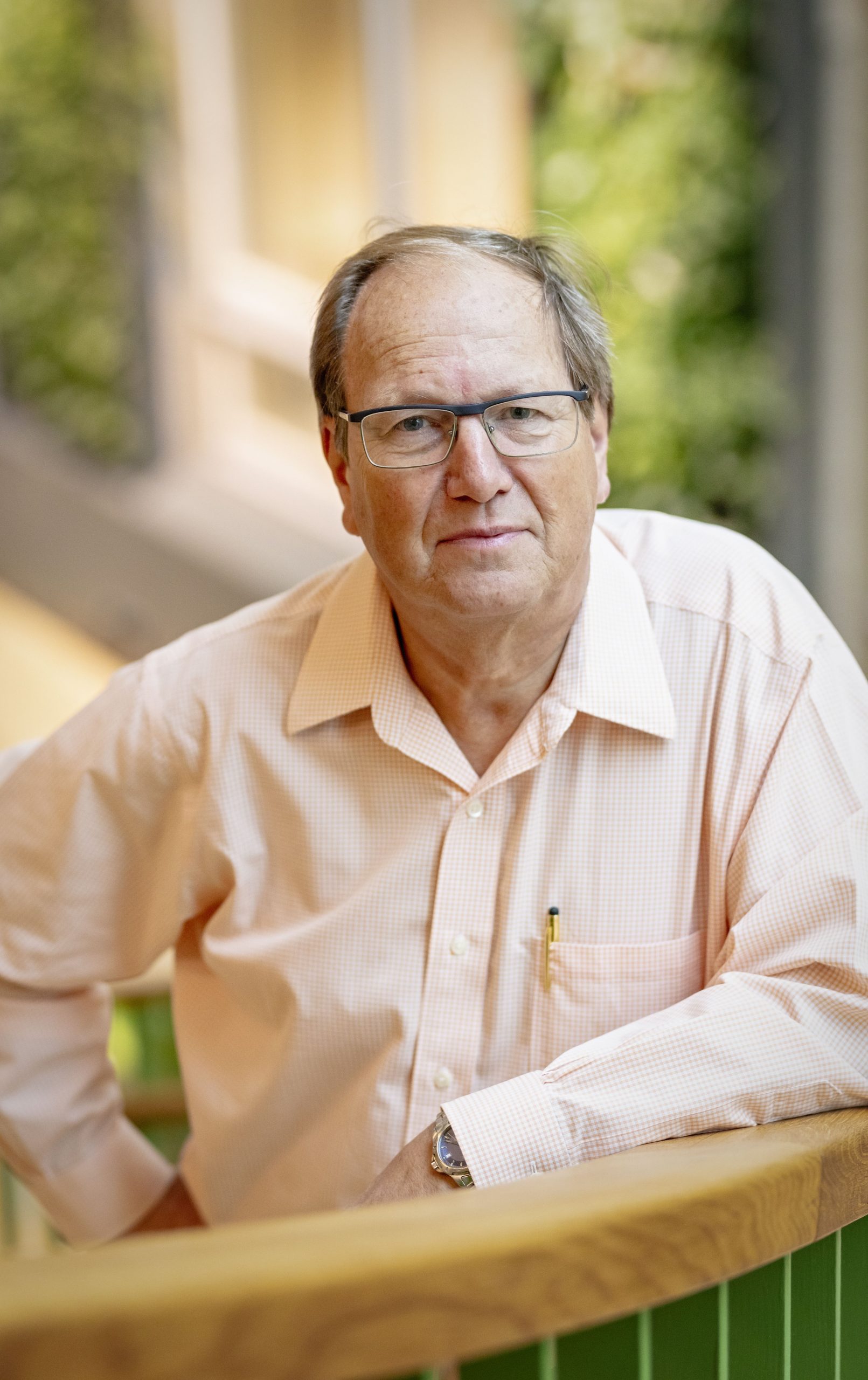Leif Andersson
The work is my group aims to advance knowledge concerning the relationship between genetic and phenotypic variation. We are carrying out comparative genomics using domestic animals as well as various natural populations as models for phenotypic evolution. This has resulted in discoveries of genotype-phenotype relationships such as mutations affecting pigmentation across domestic animals, gaits in horses, comb morphology in chickens, muscle growth in pigs and the genetics of domestication. Much of the current research program is focusing on natural populations including for instance the evolution of Darwin’s finches and their beaks, a supergene controlling male mating strategies in the ruff and the genetic basis for ecological adaptation in Atlantic herring and other fish species. The work on Atlantic herring, one of the most abundant vertebrates on earth, has revealed an unprecedented resolution in detecting genes
contributing to ecological adaption. This is illustrated in the attached figure showing that a missense mutation (Phe261Tyr) in the rhodopsin gene has contributed to the adaptation to the red-shifted light environment in the Baltic Sea.

Group Members
Arianna Cocco
Ryan Daniels
Sabine Felkel
Mafalda Ferreira
Jake Goodall
Mårten Larsson
Cheng Ma
Mats Pettersson
Fahime Sangdehi
Matteo Sebastianelli
Dandan Wang
Leyi Su
